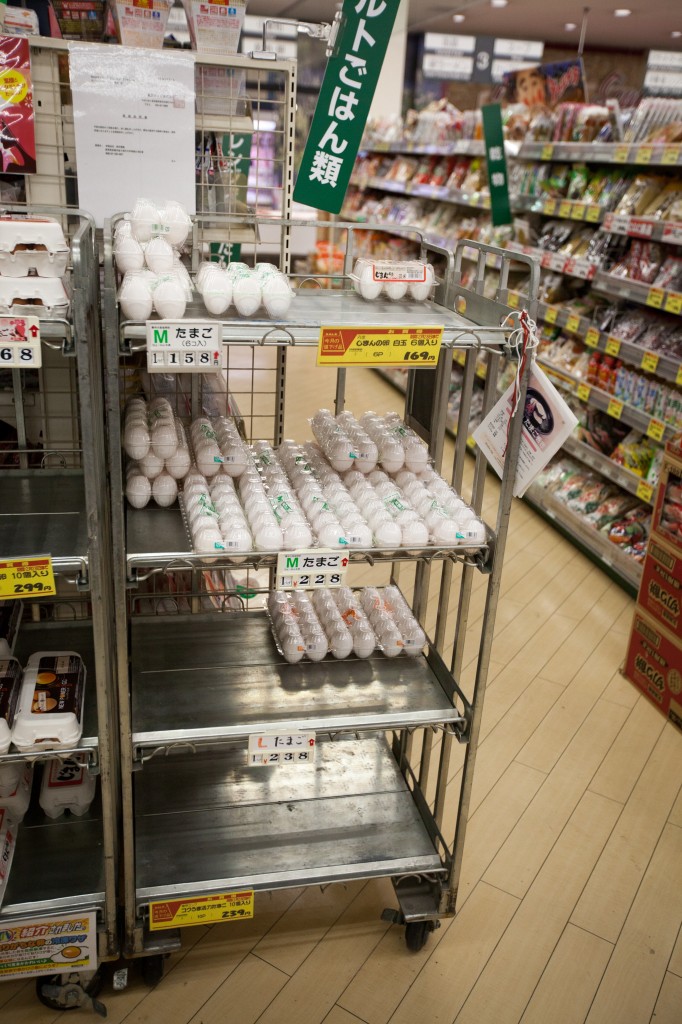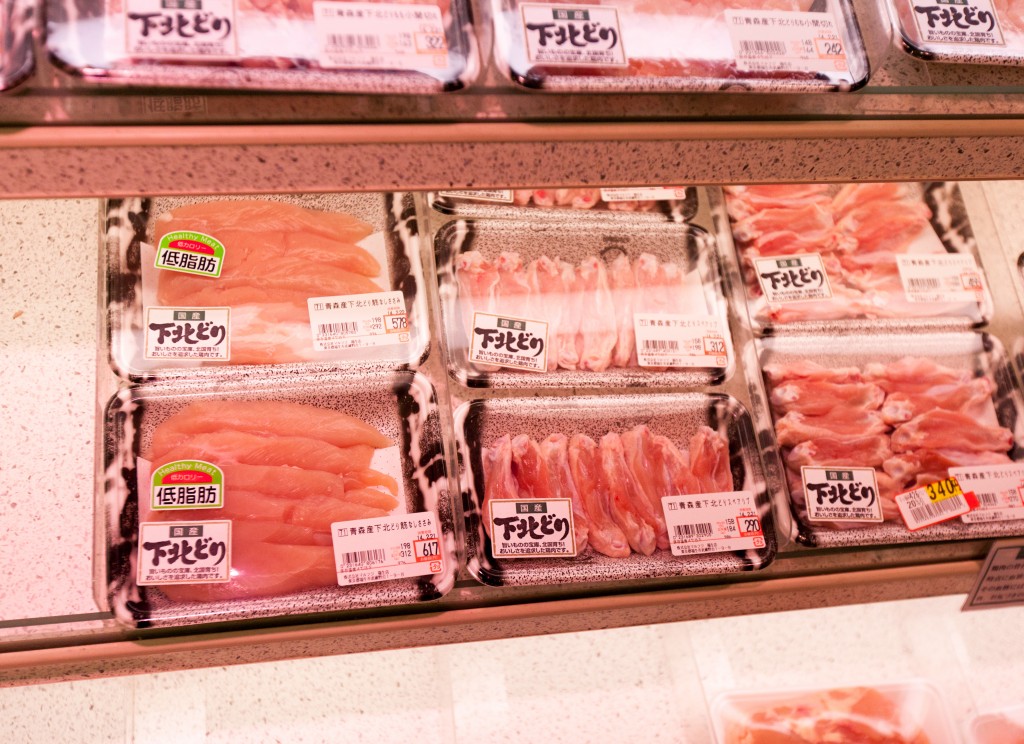Grocery stores in Japan

Exploring a Japanese grocery store can be an interesting experience. They take some getting used to but in reality they’re not all that different from ones in the United States.
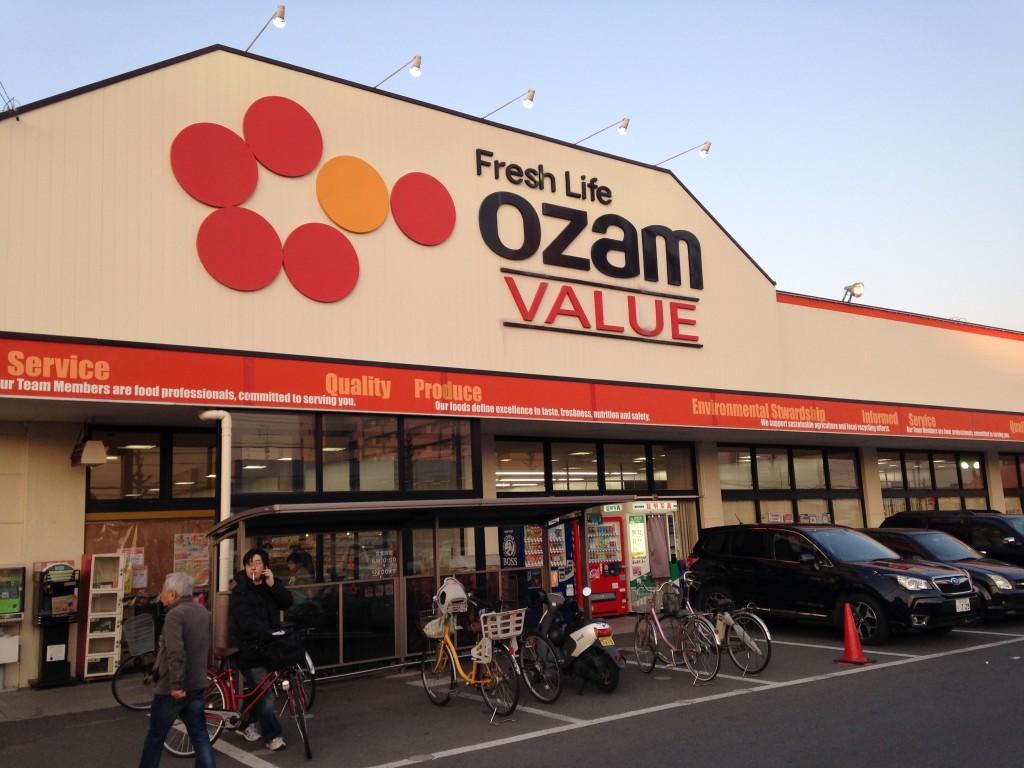
Layout and hours
The layout is what I’m used to: produce, milk, and fish/meat on the perimeter with packaged foods in the aisles.
In every grocery store in Japan, you pay for your groceries and bag them yourself at a separate counter. They give you just the right amount of plastic bags. Very Japanese.
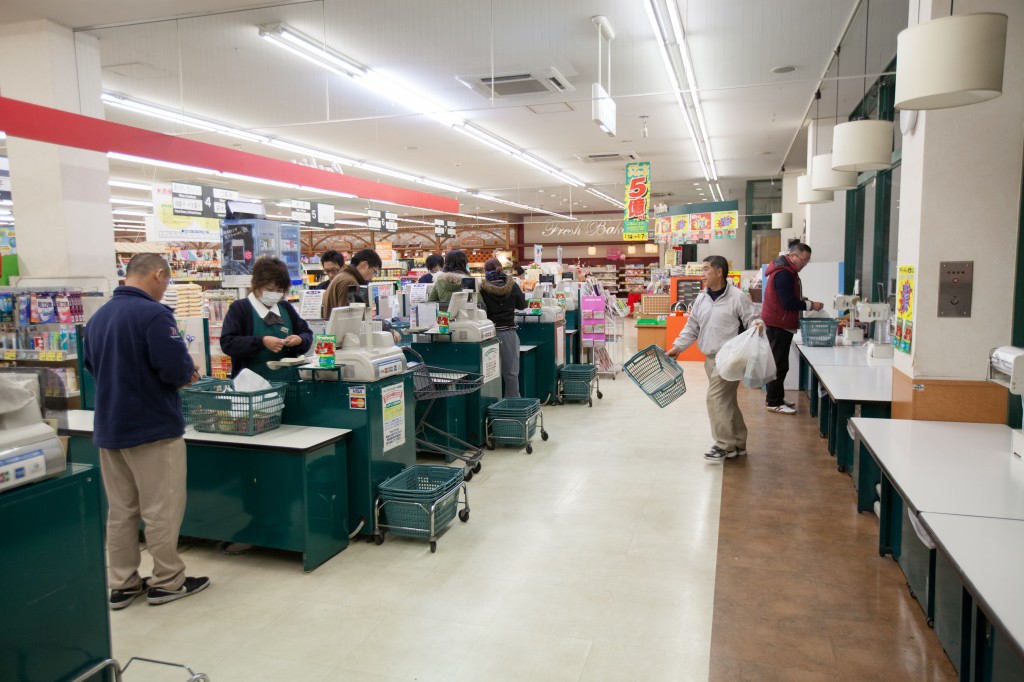
One thing that took me awhile to find was the eggs. My first week here I spent 10 minutes walking around the store before I finally found them at the end of an aisle.
The USDA requires eggs to be refrigerated but it’s very common outside the United States and Canada to have non-refrigerated eggs.
Stores normally don’t open before 10:00 am and they close at 11 pm at the latest. So if you’re craving a pancake breakfast on a Saturday morning, you’re gonna have to wait. Thankfully I plan ahead.
Content
Grocery stores here have about 70% of what I would want. Here’s a list of items difficult to find in a Japanese grocery store, if they have them at all:
Green peppers, cheese, ground beef, greek yogurt, bacon, baby carrots, protein bars, tortillas, bagels, honeydew, and peanut butter 🙁
But on the other side, there’s plenty offered that you can’t find in a typical Publix.

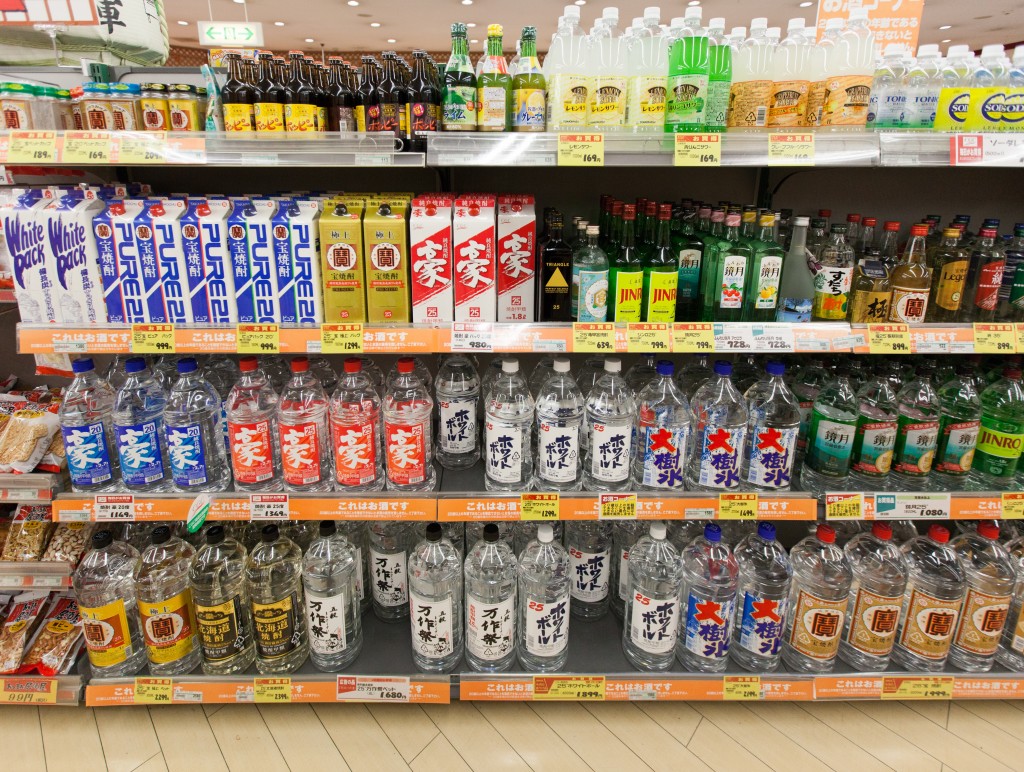
And of course there’s a whole aisle dedicated to rice as well.
When I first moved here, a coworker asked me what kind of rice cooker I was going to buy. I told him I probably wasn’t going to buy one and he was shocked. When I later told someone else I don’t like rice, they couldn’t believe it. I’ll definitely eat it, but I’d much rather cook pasta.
There’s not much American influence except in the cereal aisle. Tony the Tiger and Coco look to be a big hit. They cost about $0.46/oz compared to a box of Cheerios at $0.26/oz in the United States.
Cost
Virtually everything in Japan is more expensive than the United States: electronics, housing, gasoline – and food in grocery stores is no exception.
A single cantaloupe costs upwards of $20 and can reach over $100. Watermelons can be equally as expensive. Their high prices are mainly due to the gift-giving culture in Japan – think of it like Harry and David pears. Before I leave, I’m going to buy one and see how they compare.

Boneless skinless chicken strips pictured on the left are $9/lb.
Milk is expensive too – about $8/gallon.
Packaging
In Japan, most produce is not sold by weight. This was a relief because twice in different countries (once in Switzerland and then again in Croatia last September) I went to the register without weighing my produce and had to go back.
Not only are they sold individually, they’re wrapped individually too – apples, oranges, and even avocados. Japan is very heavily fixated on outside appearance with people and gifts. To some, the appearance of a gift matters more than what is actually inside.
The extra packaging seems contradictory to the push for reduced consumption but it’s a fact of Japanese life.
Service
The employees are very polite and check out is very fast. I’ve never been in a line longer than two people.
Near closing time, there’s often a woman with a microphone announcing sales as she marks down specific items. I’d like to say there’s a stampede of hungry Japanese whenever she says something, but most people don’t seem to pay attention.
All in all, it’s not too bad. Just when you’re used to the selection at American stores, it’s tough to figure out initially.
But a Thomas bagel sounds really good. And tacos. And blackberries over ice cream. And…
